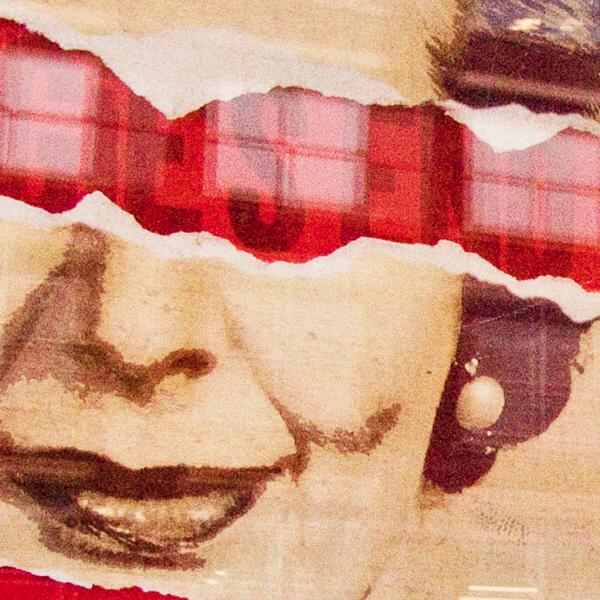 Plastic Concrete: new work by Antoine Chessex for Apartment House & Jérôme Noetinger with Steve Noble/Yoni Silver Duo
Plastic Concrete: new work by Antoine Chessex for Apartment House & Jérôme Noetinger with Steve Noble/Yoni Silver Duo
@ CAFE OTO 28/02/2014
This intriguing and ultimately satisfying concert opened with two improvisations featuring Yoni Silver on bass clarinet and Steve Noble on percussion, the first of which was poised, stuttering on the threshold of silence, a long chain of details and staccato environments, puckering keys and playful encounters, including a duet between Steve Noble using his drum stick to scrape a gong and a passing ambulance siren, ever a distinctive feature of Cafe Oto’s concerts. The second was more forceful, a livid tangle of pulses and shreaking distortions, which gave way eventually to a more intricate and occasionally highly beautiful abstract space. The duo form, even amplified, failed to produce the immensity of sound it sometimes seemed to be striving for, but what did come out was complex enough to be engaging, if a little conventional. Steve Noble was, as ever, the more commanding of the two, an apparently limitless force of invention.
The main item of the night was a new work by Swiss-born composer Antoine Chessex, played by the experimental ensemble Apartment House and Jérôme Noetinger on reel to reel tape recorder and electronics. This piece felt expansive and dedicated, and was played with a roughness and a wildness which only very rarely became a problem. Although the musicians had notated music with them, there was a heavy dose of improvised freedom within that framework, and often what sounded like on-the-fly changes to notes: highly exaggerated vibrato; passages played on a pulled apart clarinet; different types double bass bowing, all worked as extensions to the written music, and all worked excellently. In fact, the beauty of the music often arose from a tension between the written music and the improvised additions, both in terms of the harmony and the melodic fragments which appeared occasionally from within the mix.
Although structurally fairly simple, and for large spans largely uneventful except to present indigestible knots of colourful and explosive chords, the frequent intervention of electronic sound, which was recorded live, manipulated and diffused across the space, gave flair and gestural detail to the steady changes beneath. There were plenty of other moments to latch onto within these blocks of chords: a sudden single near-unison note almost felt conclusive until it was blurred and torn away again by the thick harmonies; the sudden addition of electronic bass to an already dense sound world added a rigour and stability to the sound it had previously eluded; and, at very nearly the end, a recording of two high notes from Andrew Sparling’s clarinet echoing, pitch shifted down, around the space in loops, gave an evocative and hopeful end to a powerful and sometimes overwhelming experience.
Richard Hames








